Custom color printed...
Quality control and inspection requirements for tin box production
Shangzhimei focuses on the development and production of various candy tin boxes, chocolate tin boxes, tea tin boxes, food tin boxes, nutraceutical tin boxes, promotional gift tin boxes, cosmetic tin boxes and other products, and as a large tin box manufacturer , We will strictly control the tin box production process to ensure that the finished tin box meets the factory standards and provide international standards to meet customer needs. In this article, we will introduce the quality control and inspection requirements in the tin box production process.
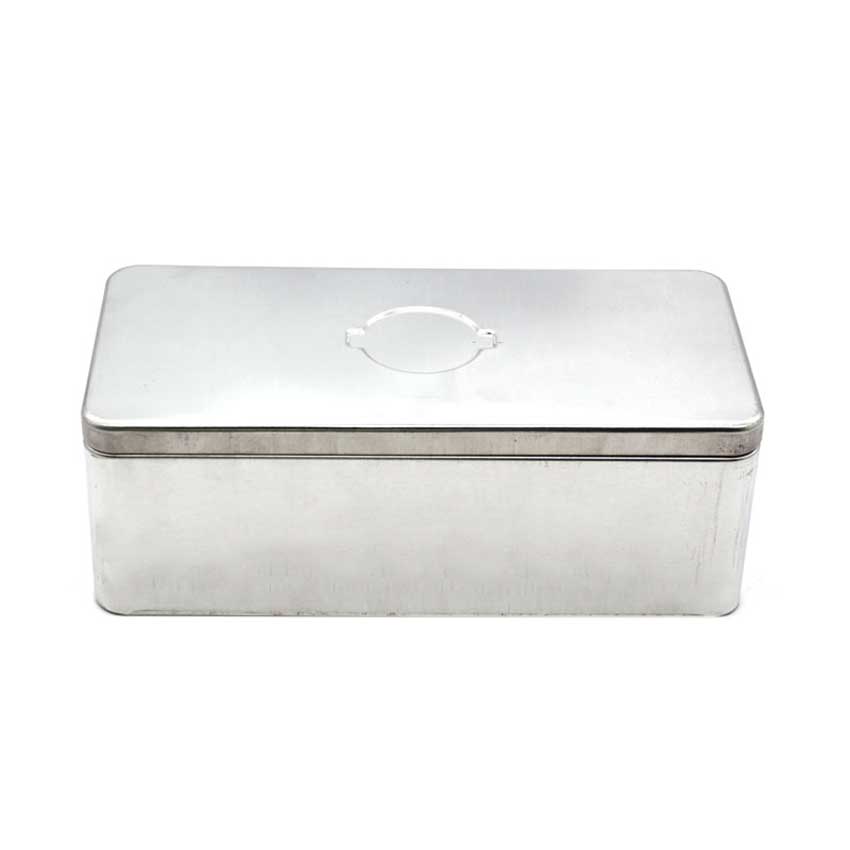
Tin box definition
1. Two-piece can: It is composed of two pieces of iron, the bottom body is integrated, and the box material is stamped several times by a punch.
2. Three-piece can: a metal empty box formed by connecting the lid, the bottom and the box body respectively
3. Buckle bone tank: refers to a metal empty box made by pressing the joint of the box body together by a bone machine and a mold
4. Special-shaped cans: Refers to metal boxes with irregular box shapes or special structures, which are different from the above three products.
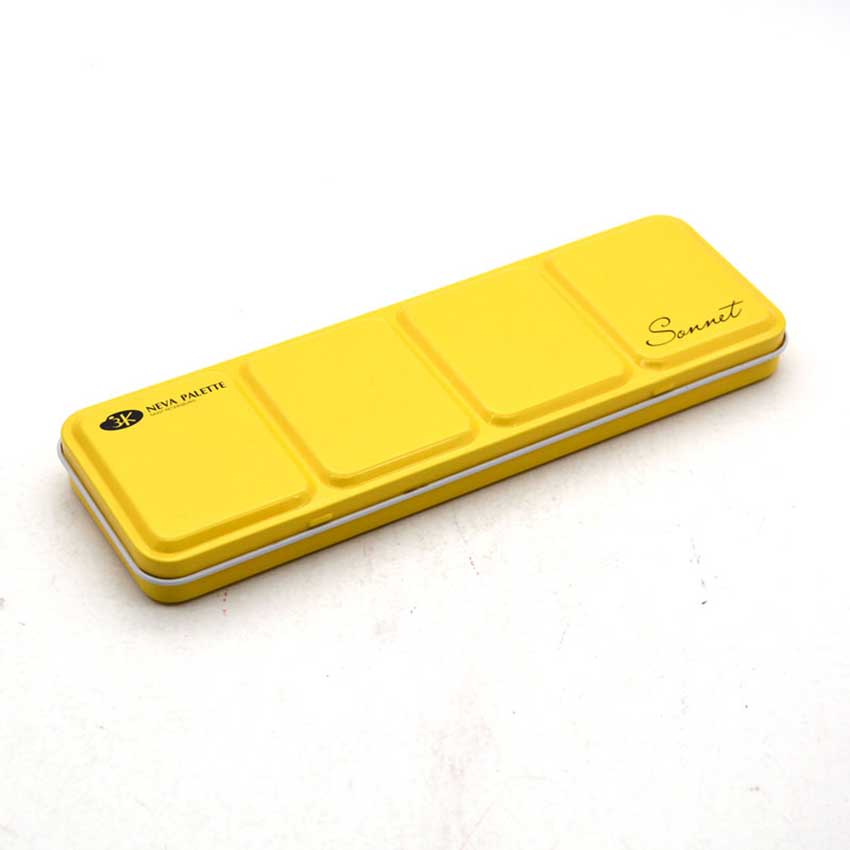
The definition of defective tin box defects
1. Point defect: A defect with a point shape. When measuring the size, the largest diameter shall prevail.
2. Particles: small particles attached to the surface of the printed part.
3. Oil accumulation: local ink accumulation on the surface of printed parts.
4. Shadow: the darker area that appears on the surface of the printed part than the surrounding.
5. Orange lines: large areas of small undulations like orange peels appear on the surface of the printed parts.
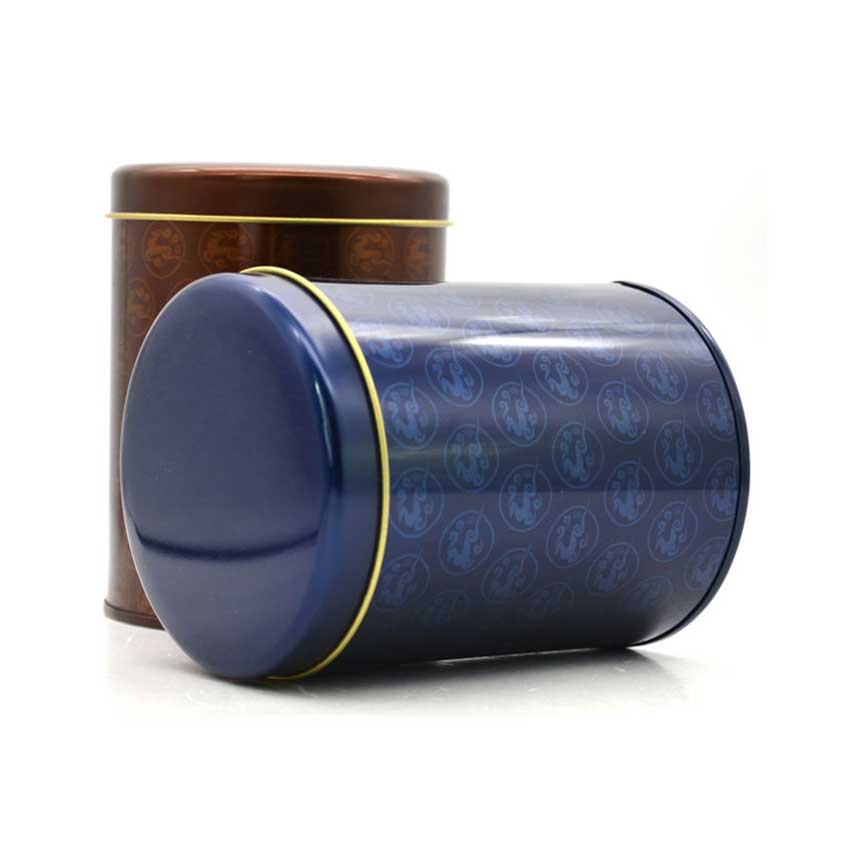
6. Bottom-through: Partially thin ink appears on the surface of printed parts and the color of plain iron is exposed.
7. Chromatic aberration: The difference in the color of the standard sample appears on the surface of the product, which becomes the chromatic aberration.
8. Hard scratches: There are deep scratches on the surface of the product due to the friction of hard objects.
9. Fine scratches: no deep scratches.
10. Rust: Refers to the phenomenon of rusting on the surface and inside of printed parts due to detinning.
11. Incomplete winding: refers to the phenomenon that the partial curling is not completely compressed due to the slipping of the indenter or the poor rotation of the roller during the sealing process.
12. Loose bone: The defective product produced by the buckle bone process generally refers to the phenomenon that the buckle bone is not tight, there is a gap in the middle, or the oil is loosened by hand.
13. Bottom drop: The defective product produced in the bottom buckle process generally refers to the phenomenon that it naturally falls off or can be pressed down by hand.
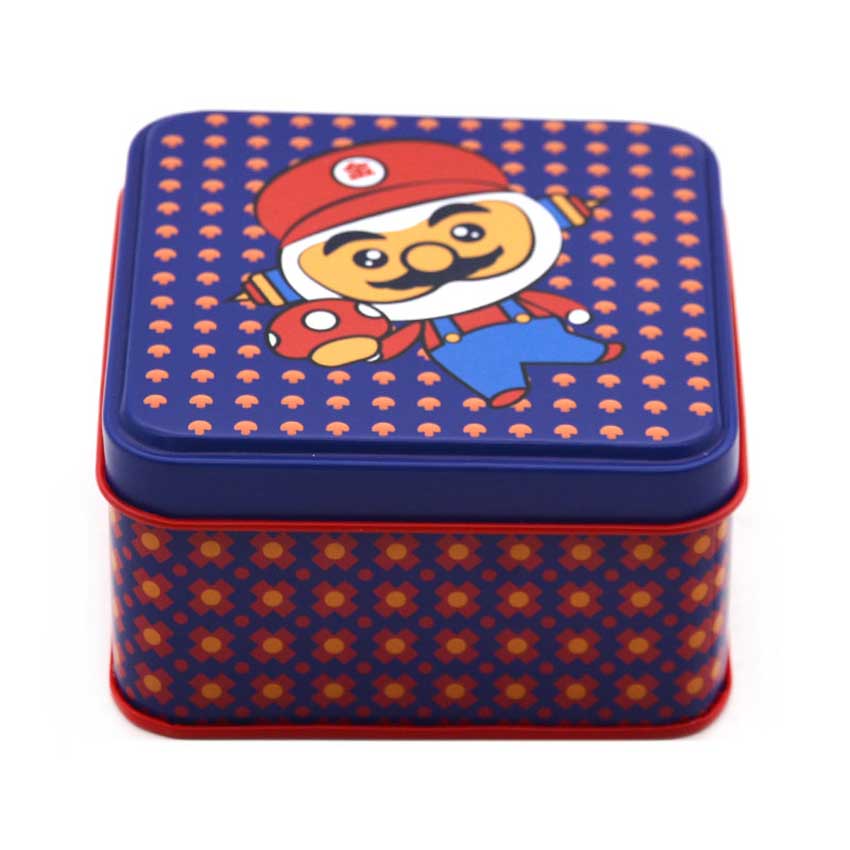
Tin box printing process requirements
1. There is no obvious dirt, wrinkles or unevenness on the front and back of the printed matter.
2. There are no scratches on the main parts of the printed matter, and no more than three minor scratches on the minor parts.
3. The text lines are clear, complete, and not deformed, and the bar code should comply with relevant national regulations.
4. The theme pattern dots are clear, complete, and layered.
5. Printing performance testing should meet the company's printing performance testing standards.
6. The whiteness of the printed matter is not less than 50%, and the whiteness value of the whitening process is not less than 60%.
7. The overprint error is not more than 0.15mm in the main part, and not more than 0.20mm in the minor part.
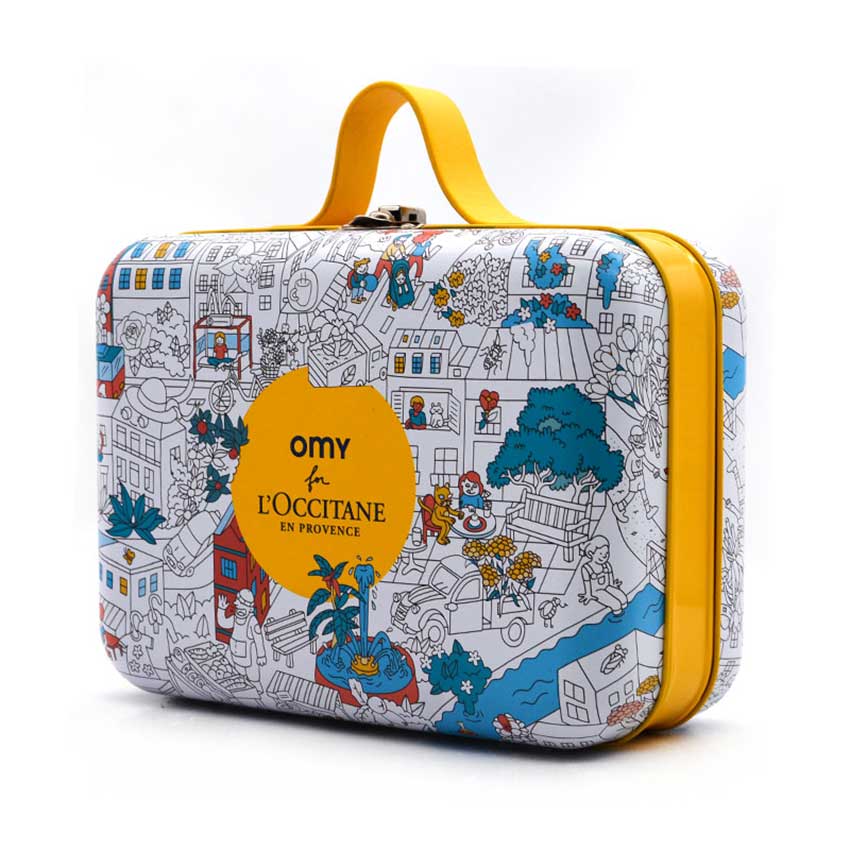
Tin box production technology process requirements
1. Cutting material
1) Iron materials must be inspected and qualified materials
2) Trial cut the first piece before cutting the material, and cut the large piece only if the first piece is qualified
3) Vertical deviation of blanking ≤0.2mm
4) No indentation or scratching is allowed in the blanking
5) The edge of the cutting material should not be pierced
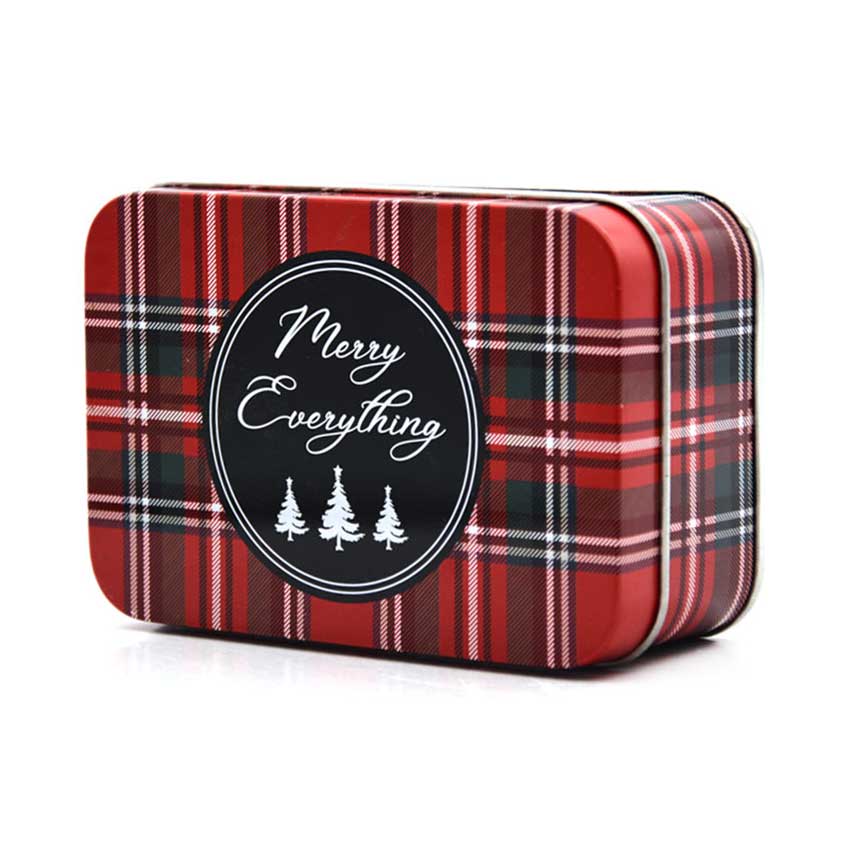
2. Cut corners
1) Determine the appropriate cut corner size and shape according to the size of the box body coil
2) The incision is neat, uniform in size, free of burrs and scratches.
3. Starting line
1) The degree of start-up is consistent with the diameter of the coil
2) There should be no scratches and deformation during the starting process
4. Hit the convex
The bump position is accurate and the allowable deviation is within 0.2mm; the bump depth is appropriate. Under normal circumstances, the bump has a clear image and text outline, the effect is good, and the standard is not serious distortion. The plane bump depth is 0.4±0.1mm, and the relief three-dimensional bump The effect should be strong and beautiful.
5. Forming
The molding structure and size are consistent with the drawings, and the surface scratches are judged according to the standard, and there should be no disguised phenomena.
6. Buckle bone
The buckle joints are evenly and smoothly combined. There should be no obvious wrong angles, scratches, pierced iron sheets, and loose bones.
7. Buckle bottom
The bottom and the lower part of the box body are tightly buckled and tightly pressed without loosening or falling off.
8. Coiling
The winding wire is uniform, smooth, in place, the wire diameter size meets the requirements, and the tightness of the fit with the cover or the inner cover is appropriate
9. Flanging, beating, rolling
The size and position meet the requirements, the size is uniform, the visual ribs are neat, there is no sag, scratches, or steep edges, and the ribs are uniform, smooth and beautiful
10. Back cover
Visually, there should be no canine teeth, unevenness, incomplete curling, double lines, scratches, etc., and the back cover is tight and the lines are beautiful.
11. Stamping
1) First adjust the stamping positioning to ensure that it is consistent with the drawing position
2) Prevent surface drag when taking strips
3) The punching and drawing depth meets the product size requirements
4) The shape and size after stamping are in conformity with the standard
5) Prevent scratches and deformation during the stamping process
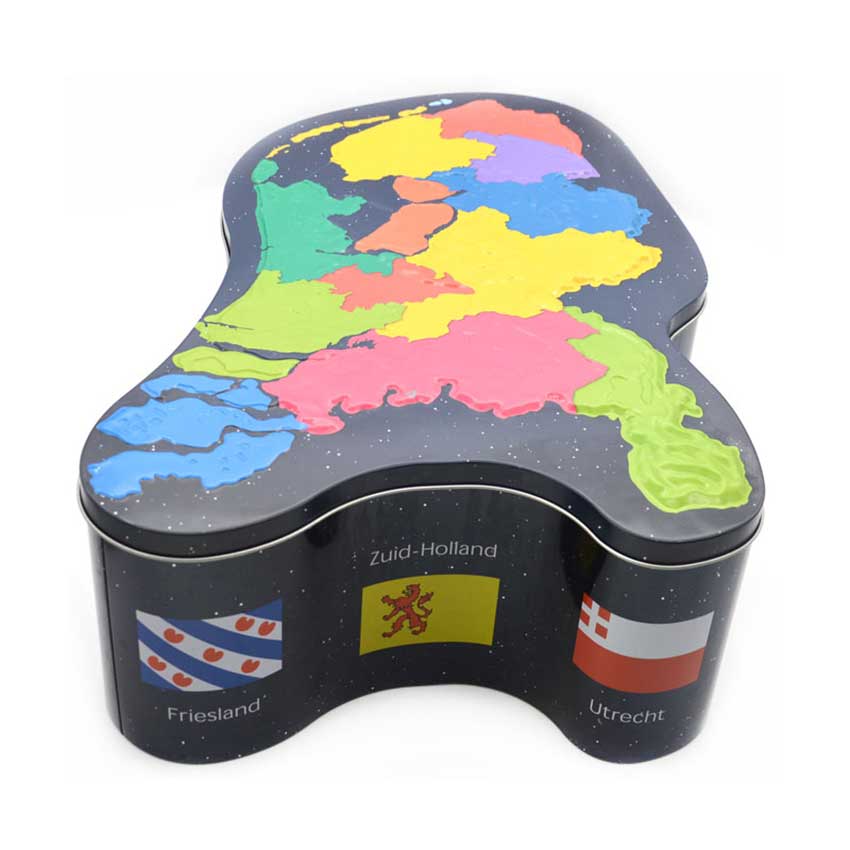
Tin box inspection requirements
1. Check that the quality of each appearance part meets the requirements;
2. The inner cover and the cover are properly matched, and there should be no looseness and no drop of rice;
3. The tightness of the lid and the box body is the same as that of the box;
4. The box body can not be wound with hands, the box body cannot be deformed, and the degree of scratching shall be determined according to the requirements;
5. After the cover and the body are matched, the gap is even, and the level difference is the same as the box;
6. The surface wax stains, oil stains, dust, etc. should be wiped clean. There must be no dirt;
7. The size of the box body is consistent with the standard, within the tolerance range, that is, the length x width x height meets the requirements; special dimensions require the same customer requirements, such as: the height of the box, the punching distance, the size, etc.;
8. The packaging materials are consistent with the packaging requirements;
9. The bottom and body are matched with the same box, check the direction of the bottom and body. Confirm that the same product is consistent;
10. When stickers are needed, the position of the stickers shall be determined according to the position of the sample box provided by the customer;
11. When the varnish product needs to be filled with copy paper, it should be used as an inspection item for normal inspection;
12. The height of the whole box is the same as that of the sample. If the customer has no special requirements, it will be judged according to the general tolerance;
13. The packaging method shall be inspected according to the requirements of the corresponding "Packaging Requirements Directive";
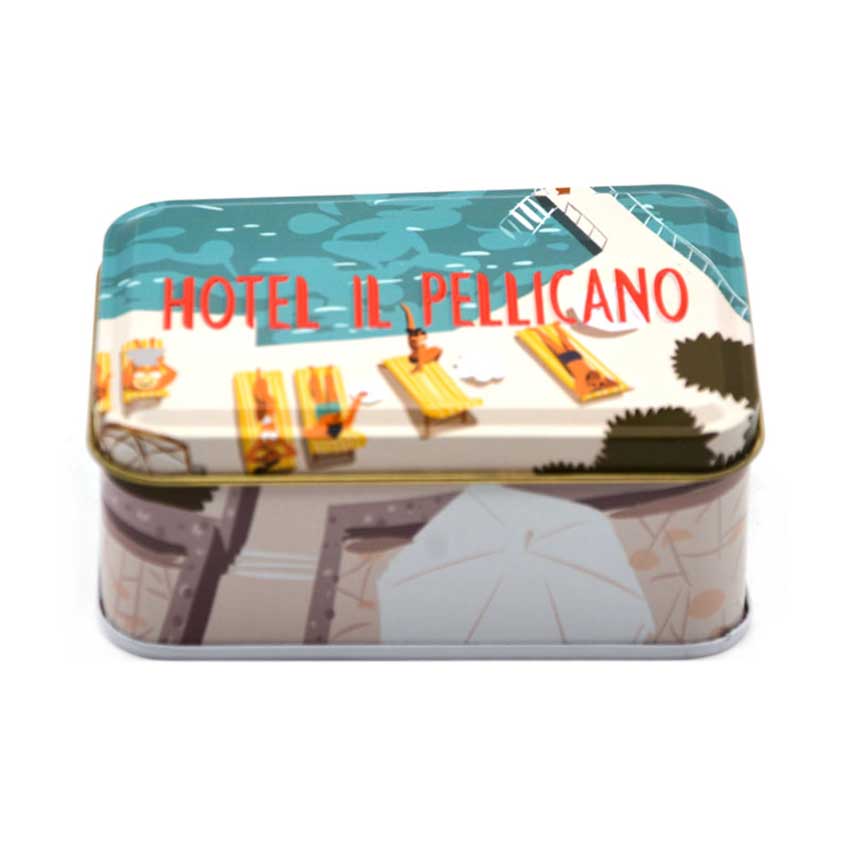
Tin box packaging, transportation and storage requirements
1. During transportation, load and unload lightly, prevent moisture, exposure, inversion, and corrosion, and the vehicle must be stable during transportation;
2. The storage environment needs to be dry, ventilated, and exposed to the sun, and must not be stored in the same room with corrosive substances;
3. The shelf life is generally controlled from the date of delivery, and the product shelf life is 6 months;
For different box shapes, customer special requirements, and related standards for temporary changes, there will be impossible quality control and quality standards. Therefore, if you choose different tin box manufacturers, there will be different tin box production standards, and the final decision must be based on the quality and price of the bulk.

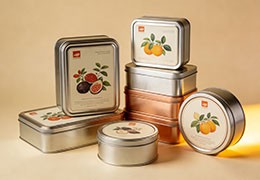

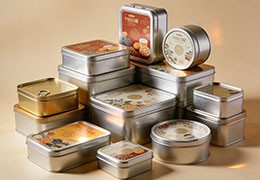
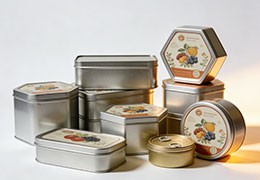
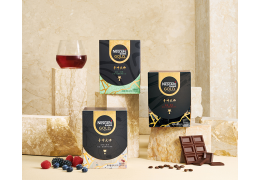
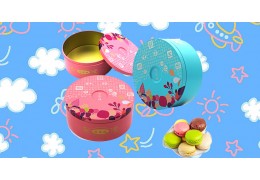
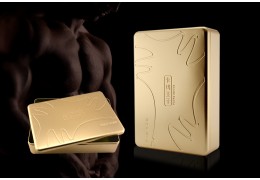
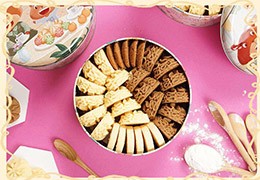
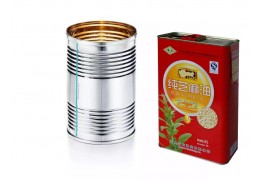



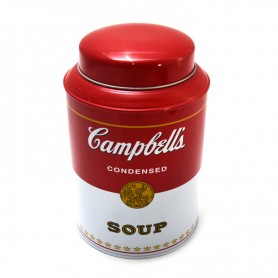
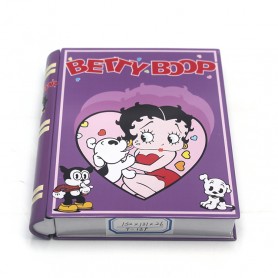
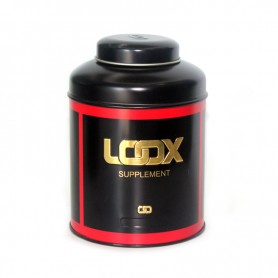
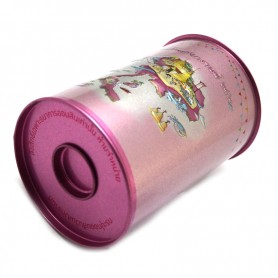

Latest comments